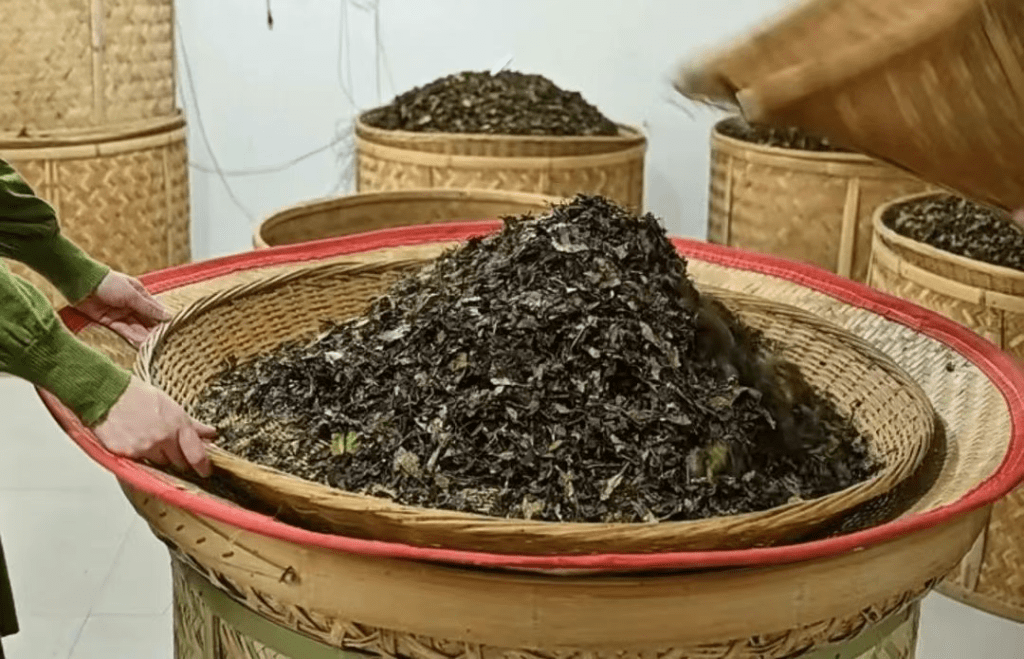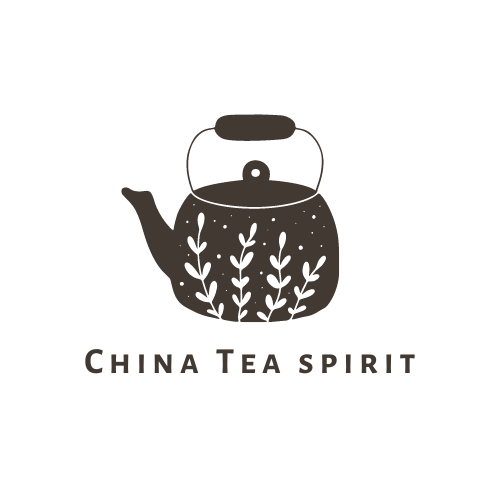When it comes to white tea, the process is deceptively simple—no pan-firing, no rolling. Just two key steps: withering and drying. But don’t be fooled. The popular saying in the tea world, “natural withering, low-temperature drying,” isn’t just a catchy phrase—it’s a distillation of generations of tea-making wisdom.
The goal of drying? To gently remove excess moisture, mellow any bitterness in the brew, and reduce grassy or low-boiling aromas—allowing those delicate silvery bud fragrances and floral notes to truly shine.

Charcoal Roast vs. Electric Roast
White tea drying isn’t as simple as tossing leaves in a dryer. Today, two main methods are used: traditional charcoal roasting (炭焙) and modern electric drying (电焙).
But what’s the difference? And more importantly—which is better for flavor and aging potential?
The Art of Charcoal Roasting
Charcoal roasting might sound straightforward—just light some coals and roast the tea, right? Not quite.
The process starts with meticulously layering charcoal and firing it until it forms glowing embers topped with ash, shaped into a cone. Then comes 披灰 (“dusting the fire”), where aged ash is spread evenly over the embers and covered with a layer of white ash. This delicate balance helps control temperature, creating an even, steady heat ideal for roasting.

It’s a labor-intensive, artisan process that demands experience, intuition, and finesse.
The Efficiency of Electric Drying
Electric roasting, on the other hand, is a product of modern innovation. It offers better control over temperature and timing, improving efficiency and consistency—particularly helpful for large-scale production.
But is consistency enough to beat tradition?
Scientific Showdown: A Case Study
To find out, researchers ran a side-by-side comparison using Fuding Da Bai white tea. They tested three drying methods:
• Electric roast: 75°C for 120 minutes
• Low-temp charcoal roast: 55–65°C for 120 minutes
• High-temp charcoal roast: 70°C for 120 minutes
Chemical analysis revealed:
• Little difference in amino acids, polyphenols, and soluble sugars between the three
• Electric roast tea had higher catechin content (linked to health benefits and astringency)
Aroma profile also differed:
• Electric-roasted white tea contained more fresh floral volatiles, like β-ionone and β-citronellal
• Charcoal-roasted tea leaned toward rosy aromas, with more linalool and phenylethanol, plus higher levels of eicosane, contributing to the signature roasty “fire aroma”
Appearance:
• Electric-roasted tea scored highest—uniform and refined
• Charcoal-roasted tea showed less consistency in shape and color, especially the low-temp version
Aroma:
• Electric roast: pronounced sweetness and fresh floral fragrance
• Charcoal roast: sweet, silvery-bud fragrance with a touch of roasty fire aroma—though some floral notes were muted
Taste:
• Electric-roasted tea: fresh, smooth, rich, and sweet with a nice lingering finish
• High-temp charcoal roast: bold and sweet, with strong body and returning sweetness
• Low-temp charcoal roast: thinner and slightly astringent—lowest rating overall
Leaf appearance after brewing:
• Electric roast: soft, tender, with prominent buds
• Low-temp charcoal roast: dull color, poor elasticity
• High-temp charcoal roast: coarser texture with thicker stems
So… Which One’s Better?
The takeaway? Drying temperature plays a bigger role than method alone when it comes to flavor.
Charcoal roasting can elevate floral and fruity notes, but it’s a demanding craft. If not handled with precision, uneven heat can create inconsistent appearance and unstable aromas—which explains why low-temp charcoal roast didn’t score as well.
Electric roasting, by contrast, offers stable heat, high efficiency, and consistent quality—making it an ideal choice for producers and a reliable pick for tea drinkers.
That said, a skilled charcoal roast by a true tea master can result in an extraordinary white tea, rich in layers and deeply aromatic. So it’s not just the method—it’s the craftsmanship that matters.
So what about you? Do you prefer the clean floral sweetness of electric-roasted white tea, or the toasty depth of a charcoal-roasted brew?
Drop your thoughts in the comments—we’d love to hear what’s in your cup!
